Yes, you can buy legitimate software on Amazon. But mixed with trusted listings are risky options that look real, feel real, and sometimes even work—until they don’t.
6
Not All Sellers Are Trustworthy
Just because software is listed on Amazon doesn’t mean Amazon is selling it. Many listings come from third-party sellers using the platform as a storefront. Some of these sellers are authorized vendors. Others operate in gray areas or outright break the rules.
It’s not always clear who you’re buying from. A polished product page can mask a seller with little oversight or accountability. Some resell unauthorized licenses, while others distribute software in ways that violate the developer’s terms. In more serious cases, the listings might include pirated or tampered software, putting your system at risk.
Amazon does have policies to catch shady behavior, but the system isn’t foolproof. Reviews can be faked. Seller names can be changed. And getting help might not be as easy as you expect when something goes wrong.
Before buying, take a moment to research the seller. Click their name, check their feedback, and see how long they’ve been active. A few extra clicks now can prevent bigger problems later.
5
If the Price Feels Too Good to Be True… It Probably Is
One of the clearest red flags when buying software on Amazon is a price that seems too good to be true. If you see a $300 software suite going for $19.99, that’s not a bargain—it’s a warning.
Major developers like Adobe, Microsoft, and Corel rarely offer deep discounts without a catch. Super-low prices often indicate you’re not getting a valid license but a reused or cracked one. Some sellers may advertise “OEM” or “lifetime” versions that sound official but aren’t meant for retail sale, or aren’t authorized at all.

Related
You Don’t Need to Pirate Software: Here’s How I Find Affordable Alternatives
Software piracy is never the answer.
Even if the software installs, it may deactivate later once the developer detects the unauthorized license. Or you might be buying a key that’s already been used, leaving you stuck with a non-functional product and no support.
Treat rock-bottom prices with suspicion. If you wouldn’t trust a Rolex from a guy in a parking lot, don’t trust suspiciously cheap software either.
4
Vague or Misleading Product Descriptions
The product page should clearly explain what you’re buying, but that’s not always the case. Some Amazon listings use vague language like “full version,” “instant download,” or “works with Windows,” without offering real details.
Key information is often missing, like whether it’s a subscription, a one-time purchase, or licensed for commercial use. Some sellers bury restrictions in fine print, such as needing to activate within a limited time frame or only being able to install the software once.
Always read carefully. Look for inconsistent phrasing, awkward grammar, or vague details. If you’re unsure what you’re buying, that’s reason enough to walk away.
3
No Refunds or Difficult Return Policies
Buying software comes with unique return challenges. While Amazon has generally consumer-friendly return policies, digital software often falls outside that safety net. Once you receive a license key or download a file, the purchase is frequently marked non-refundable.
Some third-party sellers bury restrictive return terms in the listing, while others simply don’t respond when problems arise. If the product doesn’t work or was misrepresented, you might be stuck with no refund or recourse.
This is especially frustrating if the listing was unclear or the software didn’t come from a secure source. If you can’t activate the license or it’s incompatible with your system, and the seller is uncooperative, there’s little you can do.
Before buying, check the return policy carefully. If it’s missing or unclear, that’s a bad sign.
2
Watch Out for How the Software Is Delivered
Before buying software on Amazon, double-check how it’s delivered. Some listings offer a physical disc, others provide a digital download or activation code.
Look closely at whether it’s an “Online Code,” a “Download,” or a “CD-ROM.” A mismatch between what you expect and what’s actually delivered can lead to frustration or a useless purchase if your laptop doesn’t have a disc drive.
Worse, some sellers are vague about the delivery method entirely. You might end up waiting for a physical shipment when you thought you’d get instant access, or receive a download link from an unverified source.
Make sure the delivery format works for your device and situation. If the listing doesn’t clearly say how you’ll receive the software, that’s a red flag. You can use Amazon’s options for contacting sellers to ask the seller for clarification or simply find an alternative.
1
Be Wary of Download Links That Lead Away From Amazon
Some Amazon software listings, especially from third-party sellers, ask you to download the product from an external website. The link might be buried in the product description or sent in a follow-up email—either way, it’s a red flag.
Legitimate software should be delivered through Amazon’s own system or link you to an official publisher’s site. If you’re directed to a random file-hosting service or a domain you don’t recognize, proceed with caution. You have no way of knowing what you’re downloading, and in some cases, it could be a cracked version, bundled with malware or spyware.
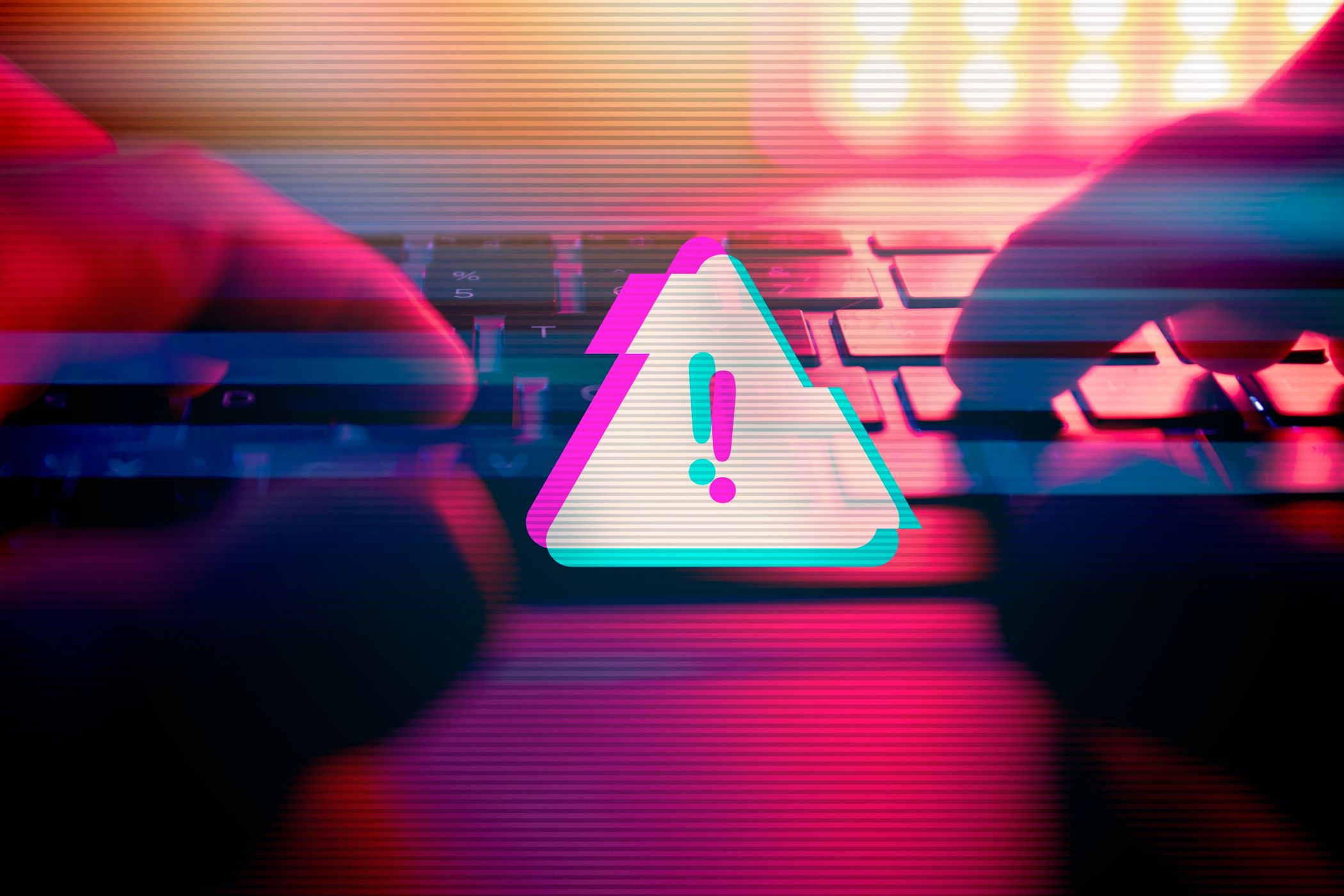
Related
I Don’t Download Cracked Software to Avoid These 4 Real Dangers
Cracked software comes with a whole host of worrying dangers that it’s simply best to avoid.
Before you buy, take a close look at the delivery method. If the listing mentions an emailed link, vague download instructions, or anything that takes you off Amazon, it’s probably best to skip it. Stick with sellers that clearly outline secure delivery—ideally through Amazon’s Digital Software Library or the software maker’s official site.
If you’re going to buy software on Amazon, do your homework. Stick to well-known sellers, read the fine print, and double-check where your downloads are coming from. And when in doubt, consider going straight to the source. A few extra minutes of caution can save you hours of frustration later.


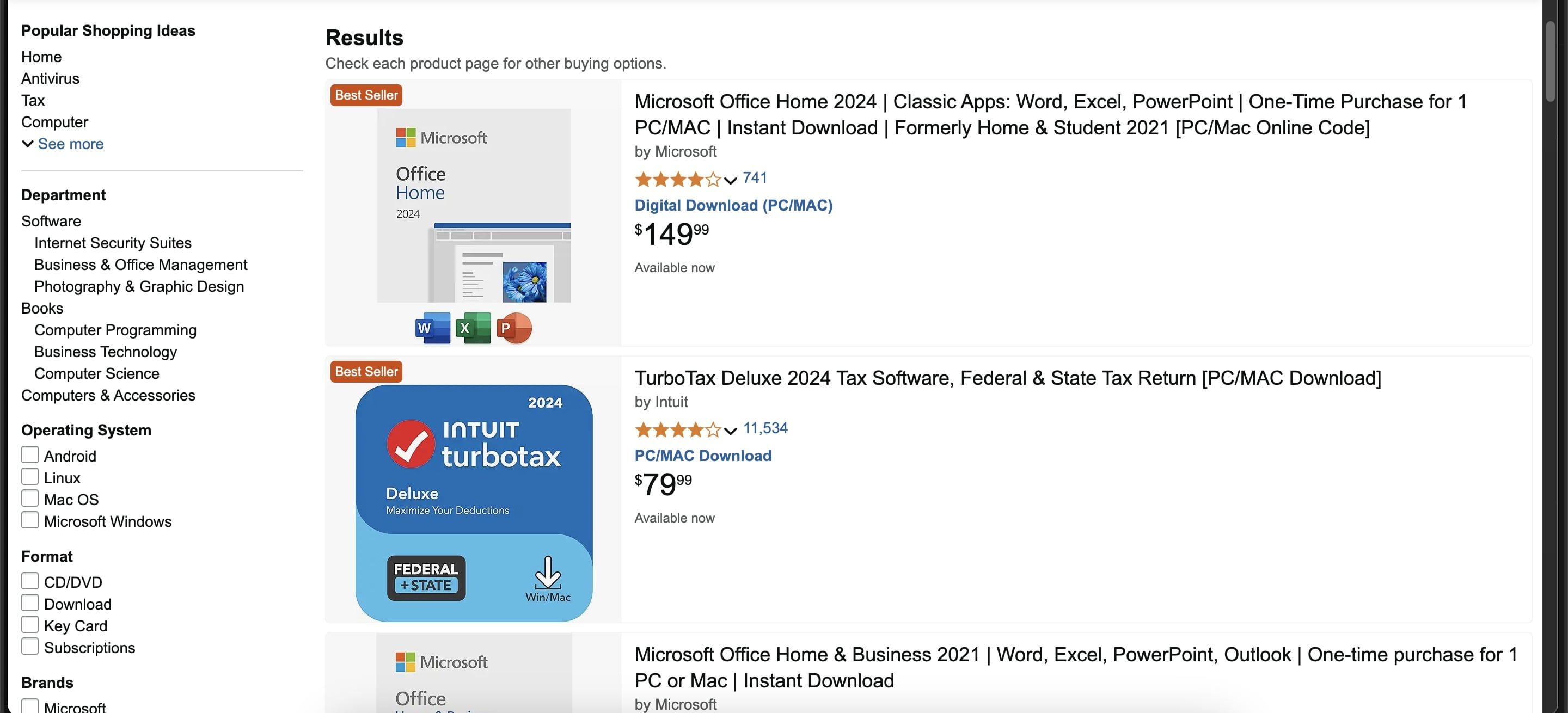
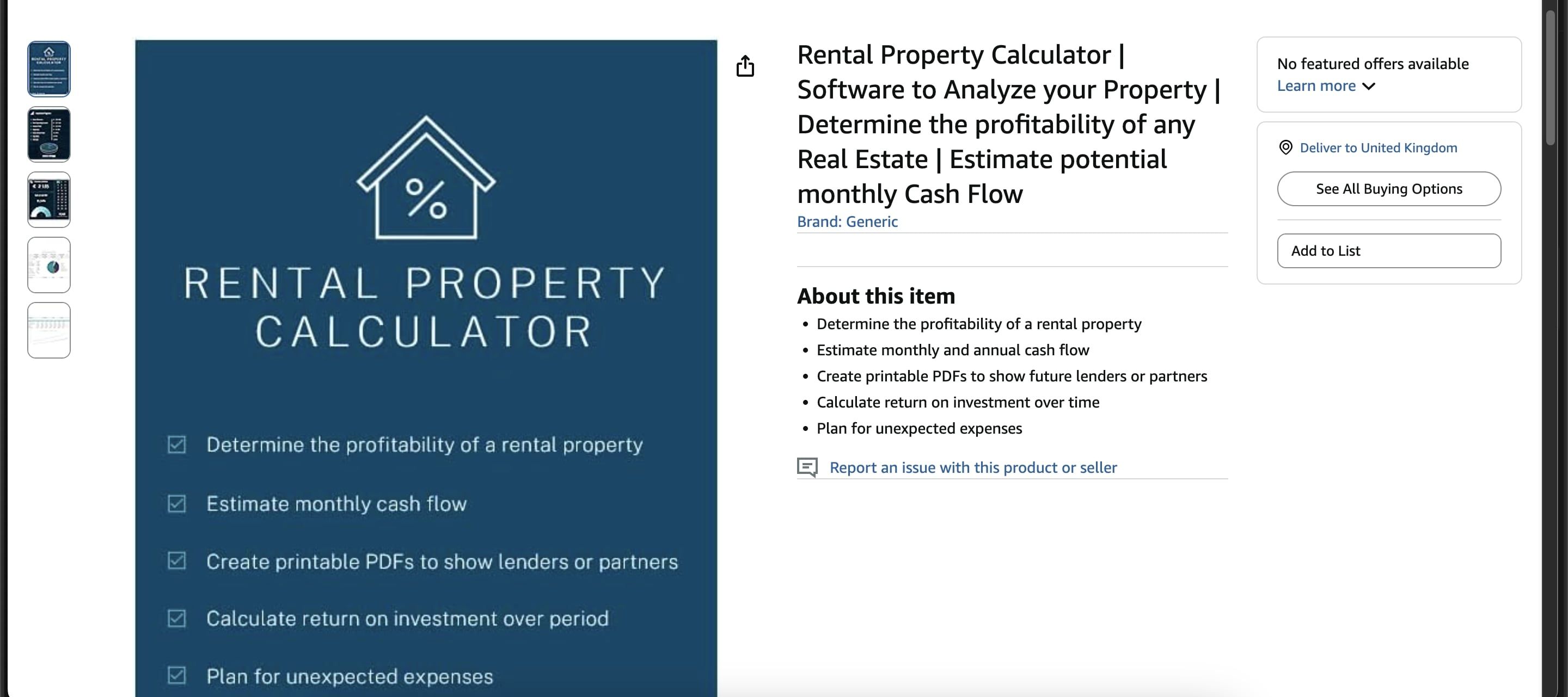
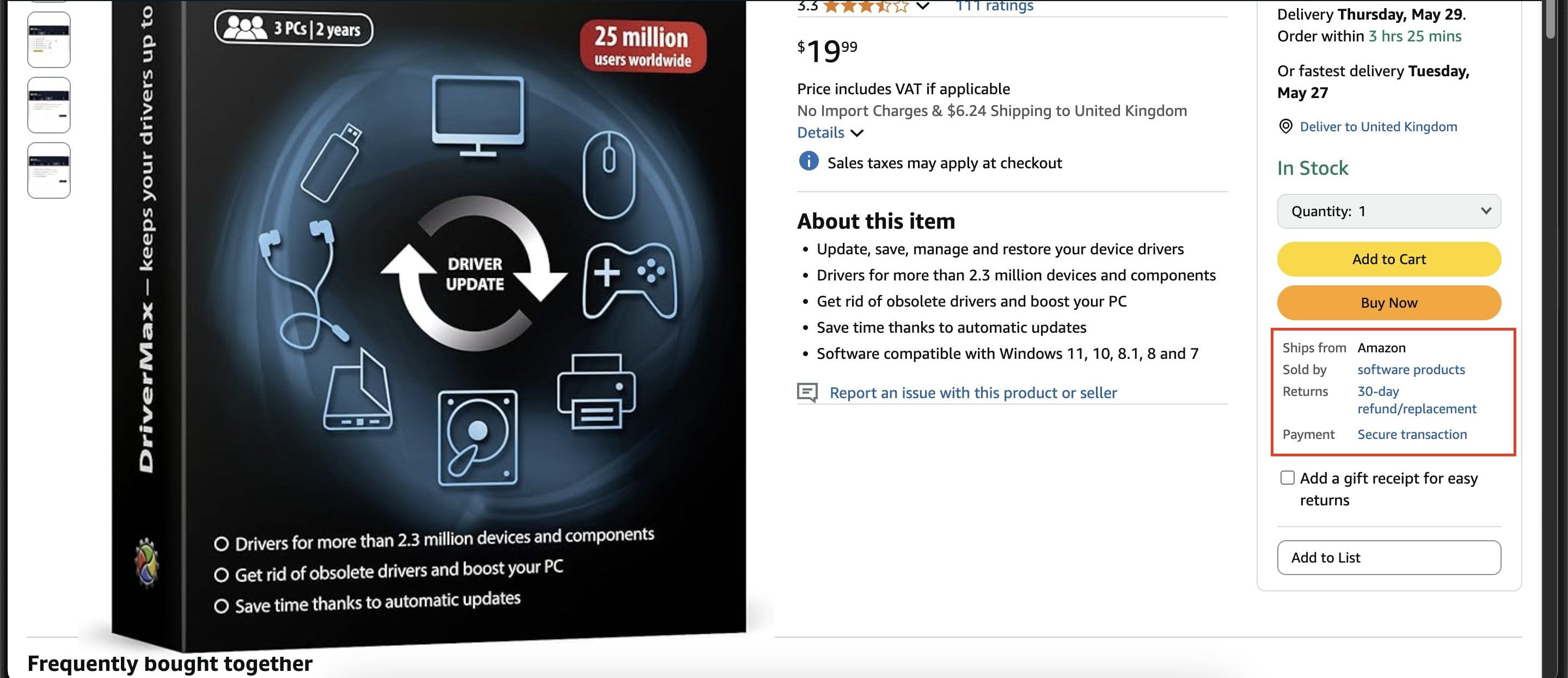
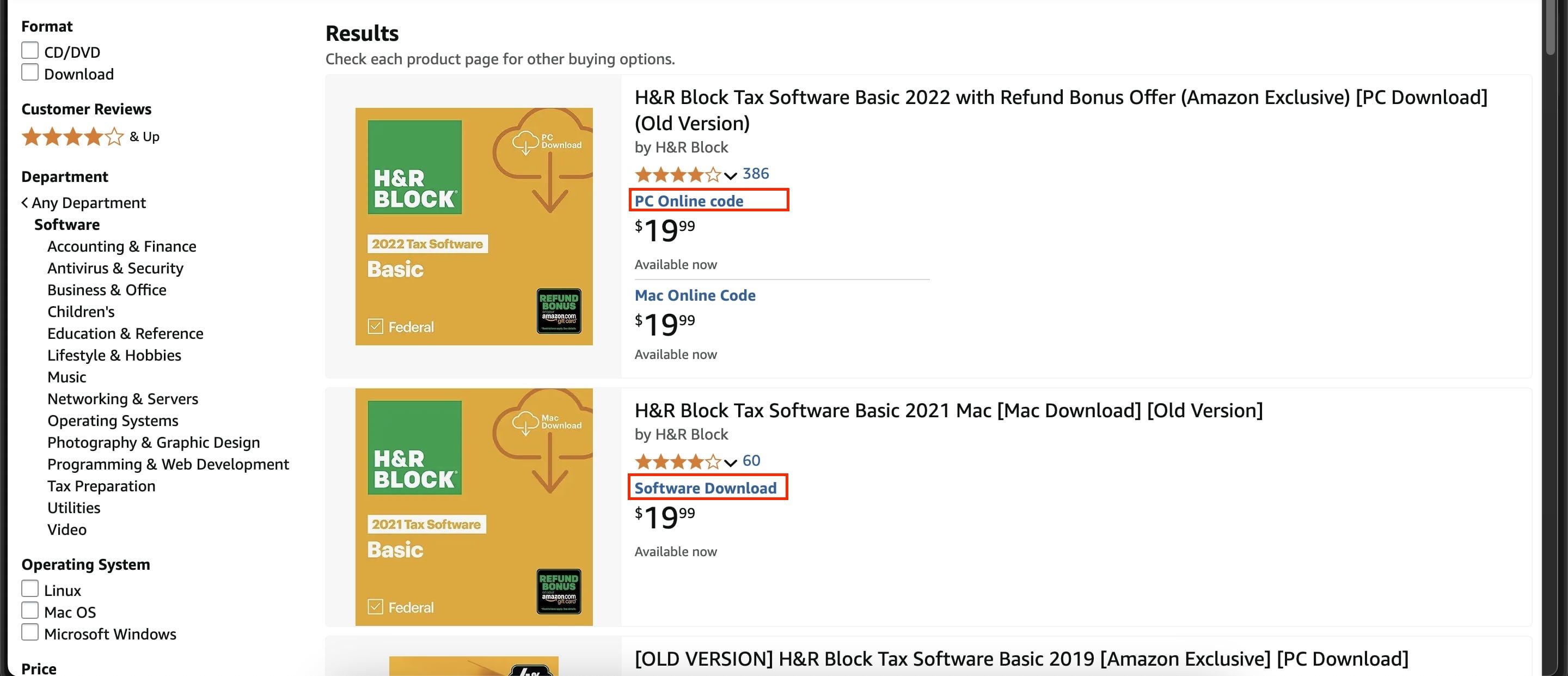
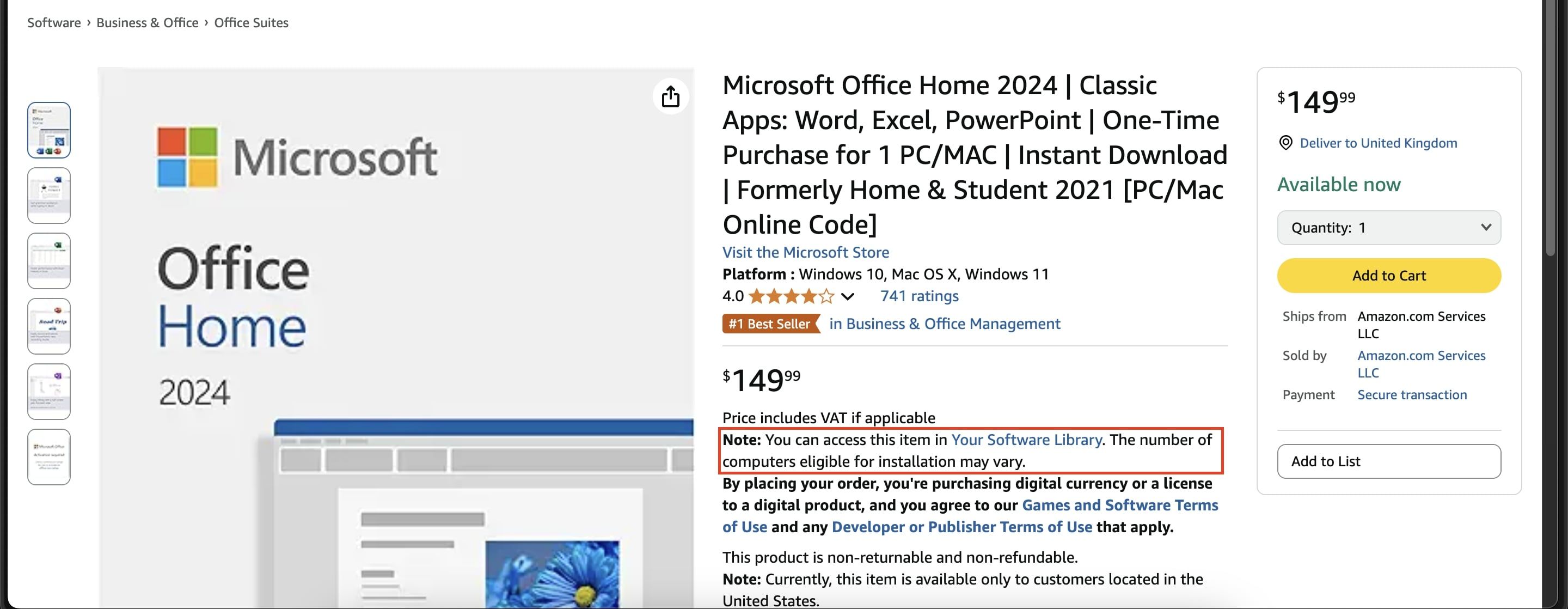





Leave a Comment
Your email address will not be published. Required fields are marked *